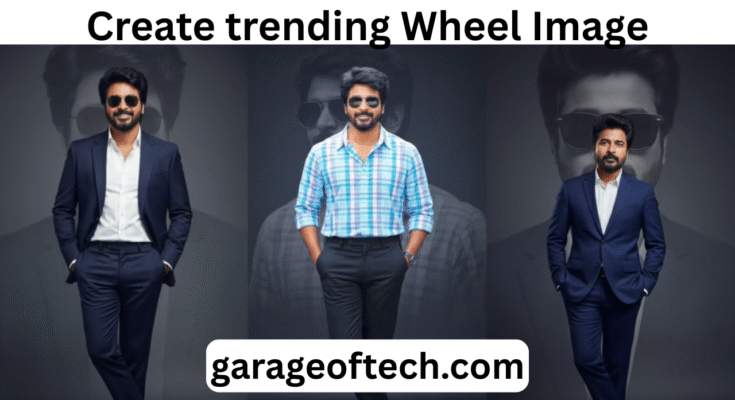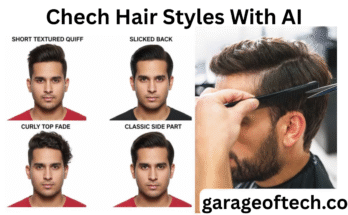Rethinking the Composition Canvas
Traditional editing often relies on cropping or reframing to highlight the subject. But AI-powered photo editing tools go further—they expand backgrounds beyond the original frame. This gives your subject more “space to live” and transforms a plain portrait into a cinematic environment. The key challenge is ensuring that these extended backgrounds look natural, with no awkward seams or repeating patterns.
How AI Expands Backgrounds Seamlessly
Modern AI models use generative techniques to imagine what lies outside the original photo. They extend skies, walls, or landscapes by analyzing textures, perspective, and lighting. Trees continue growing, buildings align correctly, and clouds drift naturally. The result is a background that feels like it was always there—not artificially stitched.
Foreground Isolation with Precision
To make expanded compositions believable, the subject must be separated cleanly. AI apps now use neural matting to extract people, animals, or objects down to fine details—hair strands, translucent fabrics, even glasses. This precision ensures the subject blends smoothly with the new background instead of floating unnaturally.
Matching Foreground and Background Lighting
Even with a flawless extension, mismatched lighting can break realism. Advanced AI tools analyze the subject’s shadows, highlights, and color temperature, then adjust them to fit the new environment. Proper harmonization makes the composite look unified, not pasted.
Depth, Focus, and Blur for Realism
Good AI apps simulate depth-of-field by keeping the subject sharp and softly blurring the background. This mimics real camera optics, adding a three-dimensional look. Subtle haze, bokeh, and focus gradients further reinforce realism.
Tonal Consistency Through Color Grading
Color grading acts as the final glue. AI balances shadows, midtones, and highlights across the entire image so foreground and background share the same tonal mood. This cohesion ensures the final photo looks like one seamless capture.
Refining with Prompts and Brush Tools
AI editing isn’t one-and-done. You can refine results with prompts like “darken the sky” or “add fog”, or by brushing areas for local rework. This feedback loop restores creative control, letting you shape the image while the AI handles heavy lifting.
Common Pitfalls to Watch For
AI sometimes misreads textures, duplicates objects, or leaves faint halos around subjects. Lighting direction may also flip unintentionally. Always zoom in, check edges, and adjust masks when needed. Remember—the AI is a tool, not a guarantee of perfection.
Choosing the Right AI App
Different apps focus on different strengths. For example, Pixlr.com emphasizes AI backdrops, while others specialize in masking or lighting. For best results, choose a platform that supports background expansion, precise cutouts, lighting harmony, and iterative refinements in a single workflow.
A Workflow Example
Imagine starting with a portrait in a small garden corridor. You tell the AI app to expand it into a lush forest. The app generates tree textures, soft sunlight, and leafy details. It cleanly extracts the subject, harmonizes skin tones with the forest light, and applies natural depth-of-field blur. You refine with a few prompts, darken the shadows, and adjust edges. The final image looks like a professional outdoor photoshoot.
Creative Responsibility in AI Editing
AI gives incredible power, but it also raises ethical questions. Expanding or inventing backgrounds can misrepresent reality. Photographers must decide when to disclose composites and when to keep edits subtle. The strongest results amplify your vision without erasing authenticity.
Research Behind the Magic
Cutting-edge techniques like Auto-Retoucher (ART) explore background replacement with semantic consistency, while EditGAN allows object-level edits without breaking global harmony. These breakthroughs power the apps now available on desktops and smartphones.
Prompt Example for AI Editing
“A stylish young man wearing the same dress in a photo, standing confidently with hands in pockets, one leg crossed over the other, wearing black formal shoes, studio portrait with soft lighting, elegant dark background, cinematic look. A large faded background portrait of the same person in black sunglasses behind him, luxury fashion style, premium magazine photoshoot vibe.”
Final Thoughts
AI photo editing apps are more than quick filters—they are creative partners. They extend, blend, and harmonize, but it’s still your eye that makes the final judgment. By combining AI’s computational power with human artistic vision, photographers can create images that are both realistic and imaginative.



